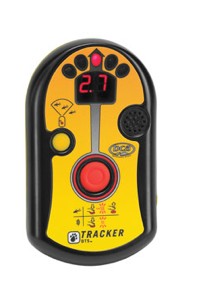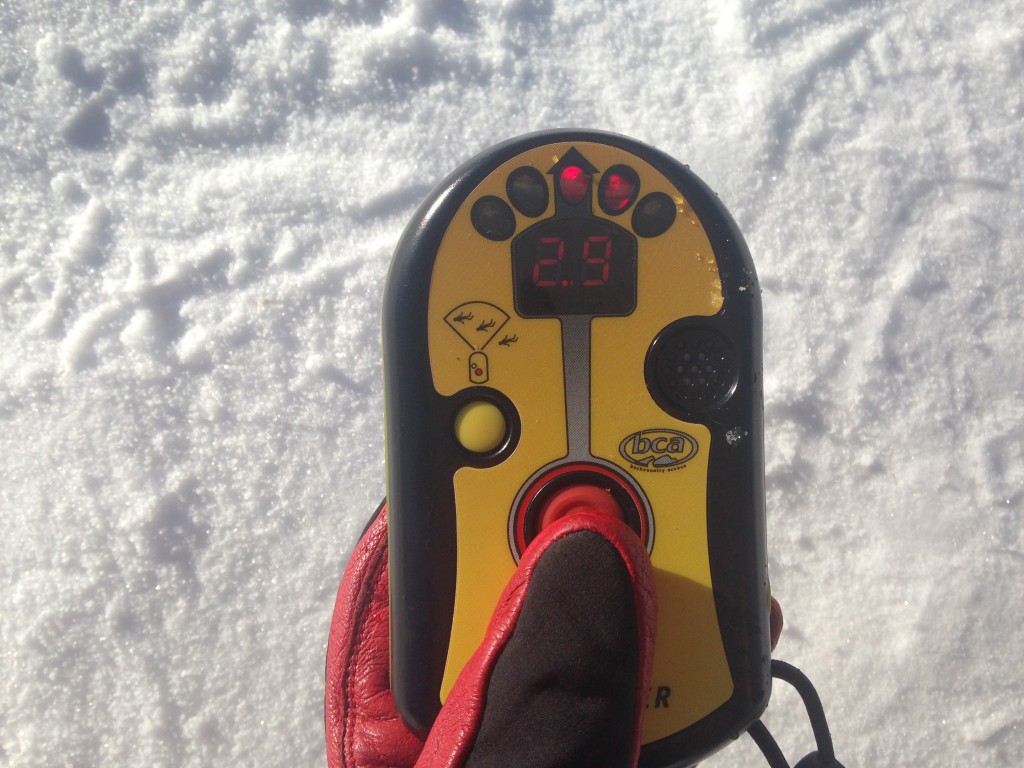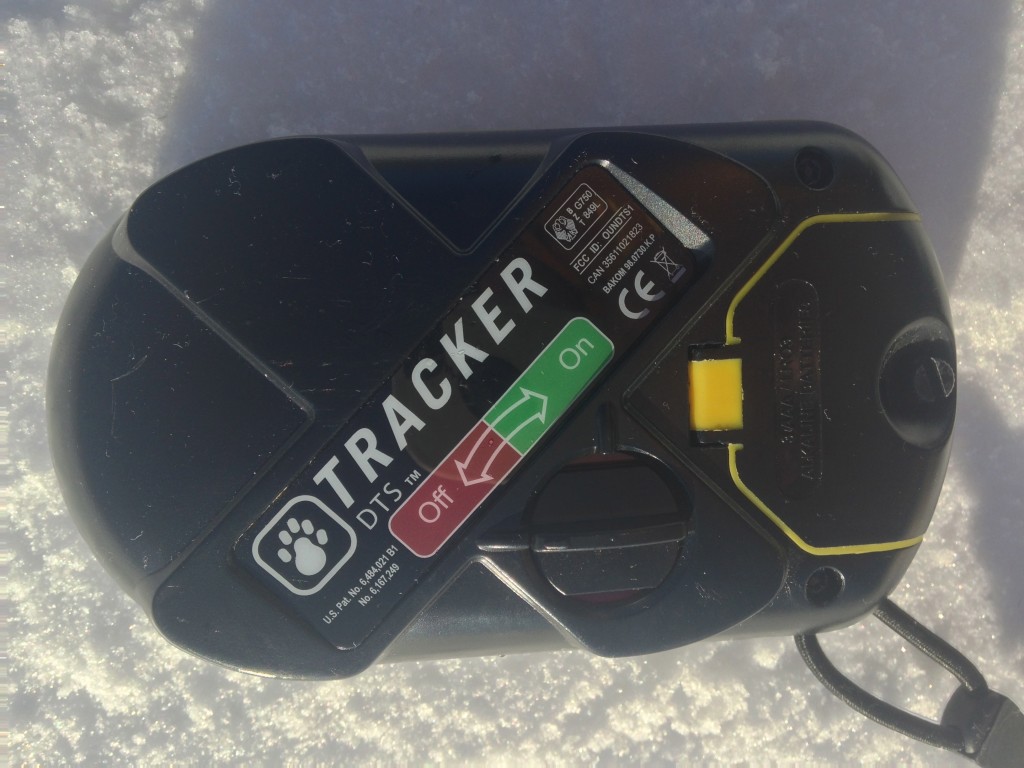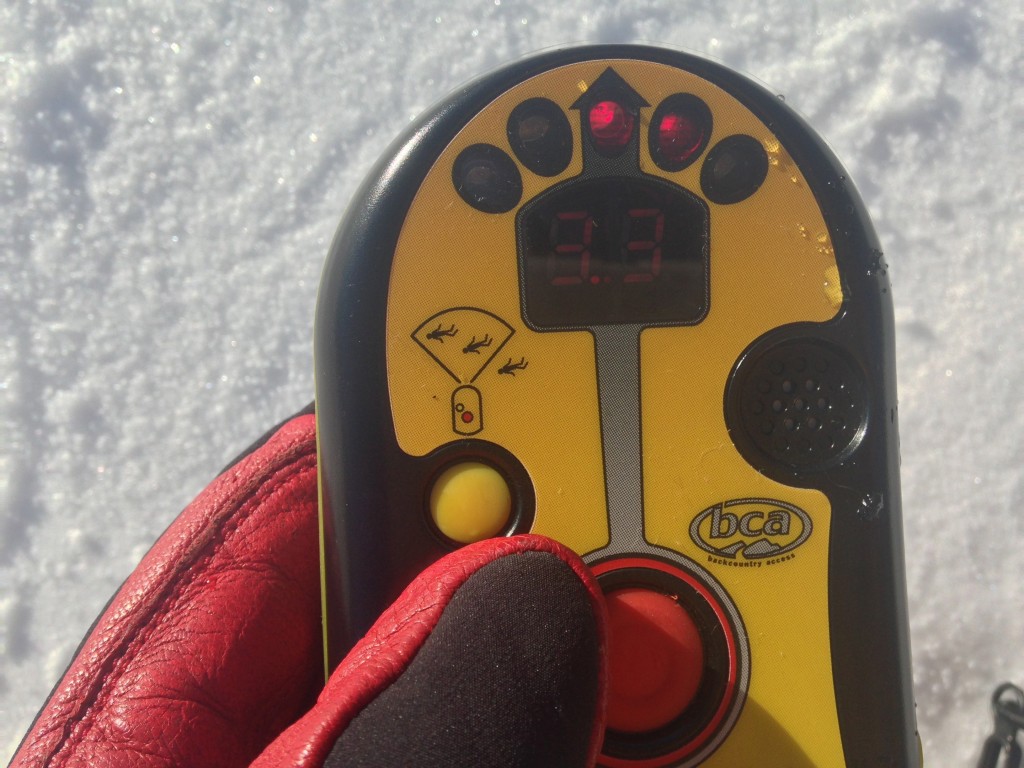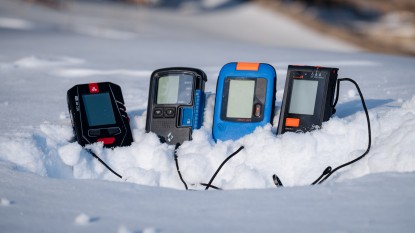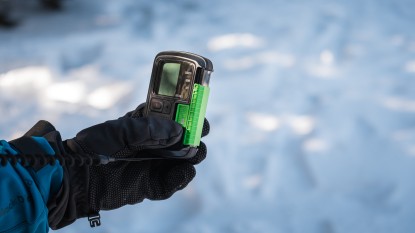Backcountry Access Tracker DTS Review
Our Verdict
Our Analysis and Test Results
Likes
This is the easiest to use two antennae avalanche beacon. Just turn it on, hold down the big red button and it points you toward the buried person and counts down the units/meters to them. It is the ease of use that made it so popular, compared with manual dial down analog beacons with flashing lights and sound. We all like to think we can figure out how to use any gadget. But if you are only in the backcountry sporadically like most folks, chances are you are not always staying as current as you should on how to use your beacon. The reason this tracker is so popular is because it's so intuitive and doesn't take nearly as much training and practice to use effectively.
This device can last a while but check to see if any of the antennae are cracked (which the Tracker is more prone to than other beacons). You should strongly consider doing a range check at the start of each season and even during the middle of one.
Dislikes
It has one of the lowest operating ranges (30 meters). It also doesn't do well with two beacons very close to each other and does not work great with multiple burials in any situation. Users found it confusing during the fine search (under three meters) when you start slowing down and forming your brackets. While most beacons' directional arrow shuts off and the rescuer should focus on keeping their beacon in the same orientation and looking only at the distance numbers, with the Tracker you need to ignore them. It's a simple task but one more thing that you have to remember.
It does not deal with signal spikes well. In multiple burial situations, it requires a lot of practice to perfect. It doesn't feature a flagging/marking system; instead, it focuses the “viewing” range. It is also susceptible to the shadow box phenomenon if a victim's beacon ended up in a vertical orientation.
When you are at the edge of its range in coarse search, the Tracker DTS can send you away from the victim. At that point, it is up to you to notice that you are getting farther away by reading the distance indicator. By comparison, the other high-end models (S1 and Pulse) have ways to overcome this shortcoming.In our side-by-side tests, the DTS came up far behind most other beacons in this review
Trackers can be durable but they can easily get a cracked antenna. If the user doesn't do anything more than a basic function check they will not realize an antenna is cracked until they try to pinpoint their victim. On the Tracker, even a short drop onto a firm surface can damage them. In AIARE Level 1's we even teach a check that is mainly designed to look for broken or cracked antennae on Trackers.


